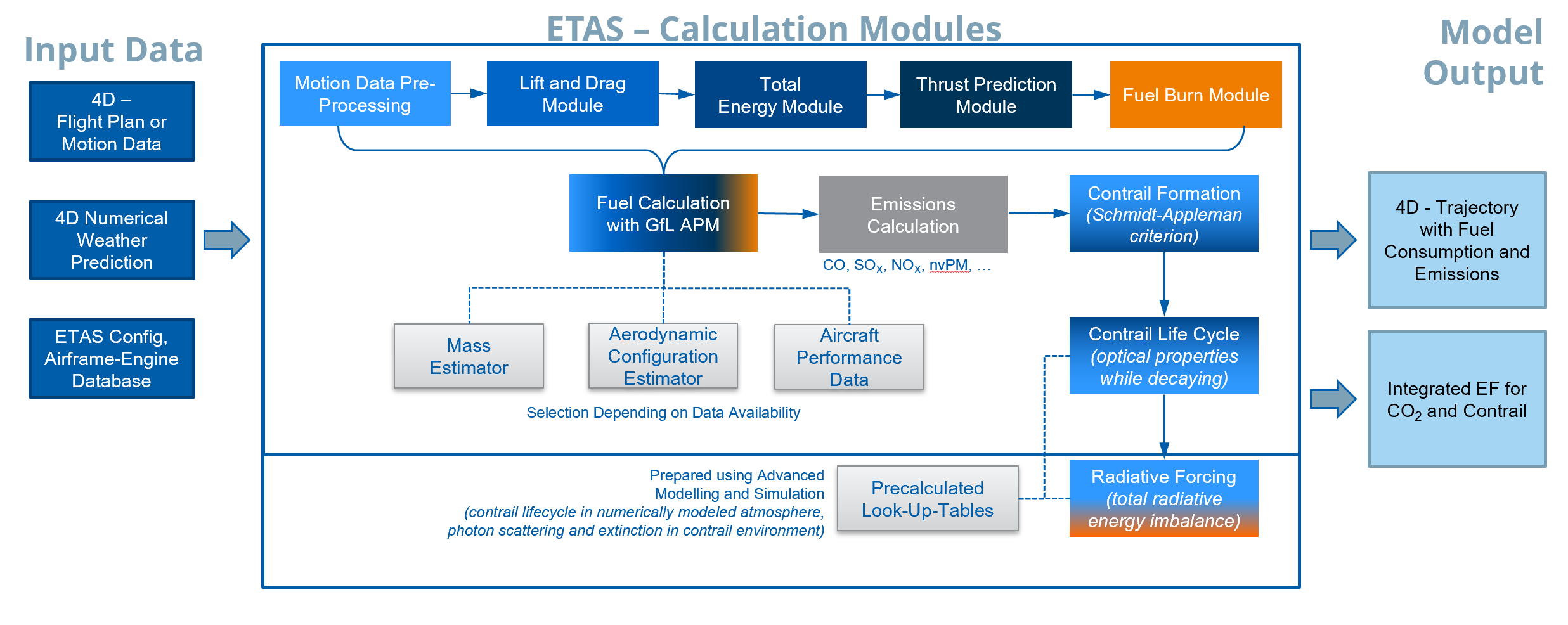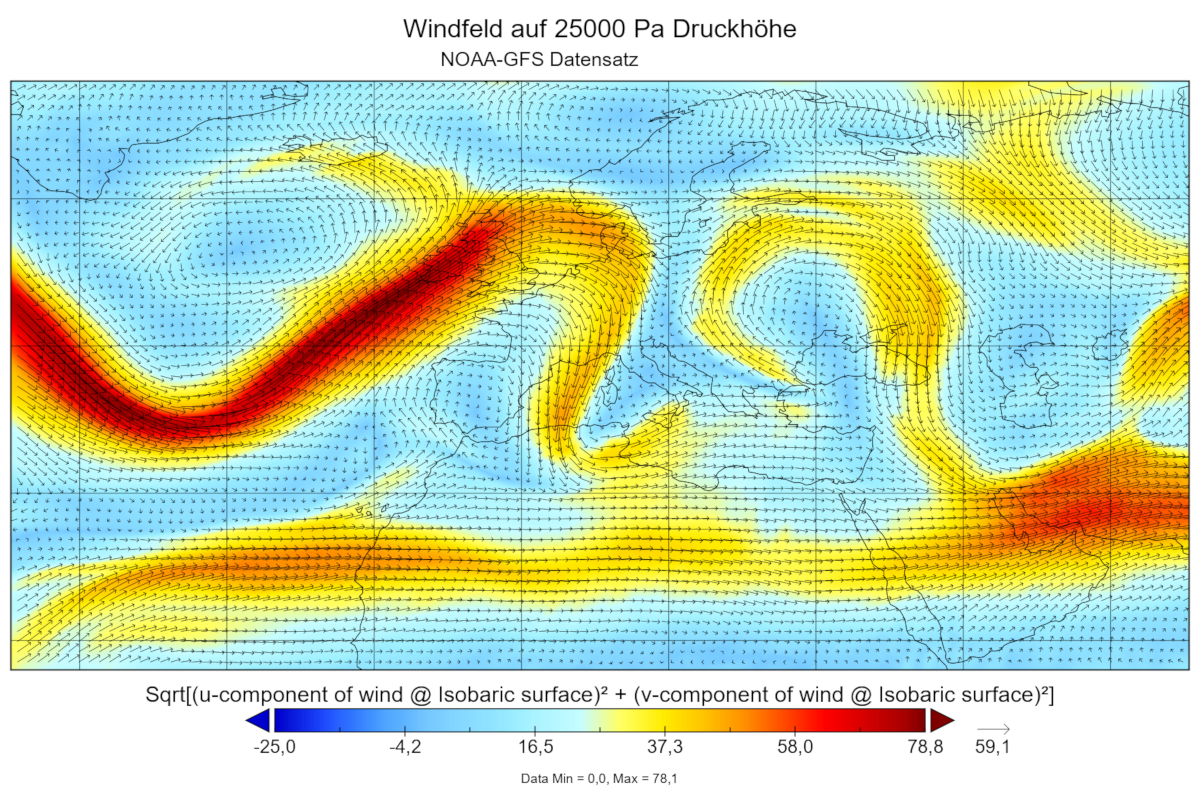The precise determination of fuel used during flight and subsequent evaluations play a major role in decreasing operational and environmental costs alike, both of which are a core task for the modern aviation business. To support airlines and ANSPs in this duty, GfL has developed the Enhanced Trajectory Analysis System (ETAS),which allows for precise quantification of operational fuel used as well as pollutant (e.g. COx, NOx, HC, PM) and noise (via thrust) emissions for jet and turbo-prop powered aircraft.
The German ANSP Deutsche Flugsicherung GmbH (DFS), in a cooperation with the airlines Lufthansa, Eurowings, TUIfly, and Condor labelled Working Group for Optimized Flying, has recently become the first ETAS user. DFS now continuously monitors all flights operated by the working group’s members and evaluates the operational fuel consumption and environmental performance using ETAS.
The necessary trajectory data is obtained from DFS-operated FANOMOS radar data processing system, or, alternatively, operator operational flight data or open surveillance data. The German meteorological office DWD provides aviation weather services and open model data from numerical weather predictions, both of which are usable. To assess environmental performance, ETAS utilizes the ICAO emissions database available via EASA. TU Dresden has developed the underlying aircraft performance calculations based on EUROCONTROL’s aircraft performance model BADA.
This regular performance measurement will make a worldwide contribution to the eco-efficient operation of the air traffic system. It will also be possible to achieve a significantly higher quality in the determination of key performance indicators in accordance with the SES Performance Scheme (Commission Implementing Regulation(EU) Nr. 390/2013), according to which all air navigation service providers in Europe have had to report regularly since 2012.
GfL is continuously working on the improvement and further development of ETAS for more realistic and precise mapping of a flight event. The flight performance model is currently being revised. These are in particular the aerodynamics and the engine model. The focus is on the complex interaction between drag, thrust and the associated fuel consumption.
Does ETAS attract your interest? Do not hesitate to get in touch with us!


